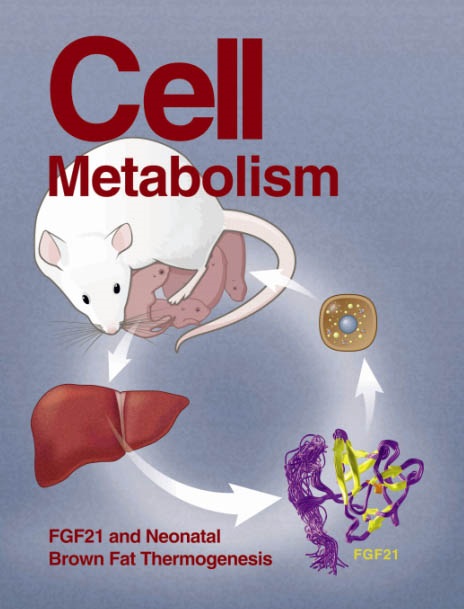染色质老化出现了一种模式:AP-1抢尽风头
IF 27.7
1区 生物学
Q1 CELL BIOLOGY
引用次数: 0
摘要
在衰老过程中,细胞身份的转录程序会受到部分侵蚀,从而降低细胞的适应性和复原力。Patrick 等人1揭示了这一过程的一般机制,即转录因子 AP-1 从细胞特性增强子中逐渐丢失,并通过竞争转移到应激反应元件中。本文章由计算机程序翻译,如有差异,请以英文原文为准。
A pattern emerges in chromatin aging: AP-1 steals the show
During aging, transcriptional programs of cell identity are partially eroded, reducing cellular fitness and resilience. Patrick et al.1 unveil a general mechanism for this process that consists of the progressive loss of transcription factor AP-1 from cell identity enhancers and its relocation by competition to stress-response elements.
求助全文
通过发布文献求助,成功后即可免费获取论文全文。
去求助
来源期刊

Cell metabolism
生物-内分泌学与代谢
CiteScore
48.60
自引率
1.40%
发文量
173
审稿时长
2.5 months
期刊介绍:
Cell Metabolism is a top research journal established in 2005 that focuses on publishing original and impactful papers in the field of metabolic research.It covers a wide range of topics including diabetes, obesity, cardiovascular biology, aging and stress responses, circadian biology, and many others.
Cell Metabolism aims to contribute to the advancement of metabolic research by providing a platform for the publication and dissemination of high-quality research and thought-provoking articles.
 求助内容:
求助内容: 应助结果提醒方式:
应助结果提醒方式:


